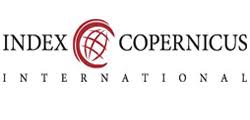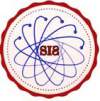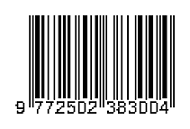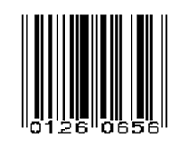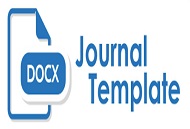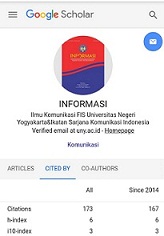WARTAWAN DAN BUDAYA AMPLOP (BUDAYA AMPLOP PADA WARTAWAN PENDIDIKAN DALAM KAITANNYA DENGAN MEDIA RELATIONS)
DOI:
https://doi.org/10.21831/informasi.v45i1.7766Abstract
AbstractJournalists play an important role as the fourth pillar of democracy. Doing so, journalists should be independent and separated from outside interference. This independence is not only applied to the relationship of journalistandthe government, but also applied to the relationship of journalists and news sources such as higher education institutions. In obtaining the proclamation of higher education institutions, journalists often intersect with public relations practitioners who also perform the task of media relations to gain publicity. This study aims to determine how to deal with the envelope cultureof journalists conducted by public relations practitioners of higher education institutions in Yogyakarta. The method used in this research is descriptive qualitative using interviews and focus group discussions on five journalists from famous print media in Yogyakarta, namely Kompas, Tribun, Harian Jogja, Kedaulatan Rakyat and Radar Jogja. The results of this study show that a good relationship between journalists and public relations practitioners play an important role in preventing the envelope culture and also, public relations practitioners need to have an understanding of newsworthy issues. In addition, journalismethics (KEJ) from the journalist associations can also be used as a strong reference in relation to the ban the envelope culture among journalists.
Abstrak
Wartawan memainkan peranan penting sebagai pilar ke-4 dalam demokrasi. Untuk itu wartawan harus bersikap independen dan terlepas dari intervensi pihak luar. Independensi ini tidak hanya berlaku pada hubungan wartawan dengan pemerintah saja, namun juga berlaku pada hubungan wartawan dengan sumber beritanya seperti institusi pendidikan tinggi. Dalam memperoleh pemberitaan dari institusi pendidikan tinggi, wartawan sering kali bersinggungan dengan praktisi public relations yang juga melakukan tugas media relations untuk memperoleh publikasi. Penelitian ini bertujuan untuk mengetahui bagaimana para wartawan menyikapi budaya amplop yang dilakukan oleh praktisi public relations institusi pendidikan tinggi di Yogyakarta. Metode penelitian yang digunakan dalam penelitian ini adalah deskriptif kualitatif dengan melakukan wawancara dan FGD pada lima orang wartawan dari media cetak di Yogyakarta, yaitu Kompas, Tribun, Harian Jogja, Kedaulatan Rakyat dan Radar Jogja. Hasil dari penelitian ini menunjukkan bahwa relasi yang baik antara wartawan dan praktisi public relations memainkan peranan penting dalam mencegah adanya budaya amplop dan perlu adanya strategi pengolahan isu yang bernilai berita. Selain itu, Kode Etik Jurnalistik (KEJ) yang dicetuskan asosiasi wartawan juga dapat dijadikan acuan yang kuat dalam kaitannya dengan larangan budaya amplop di kalangan wartawan.
Keywords: Journalist, Envelope Culture, Journalism Ethics
References
Kovach, Bill dan Tom Rosenstiel, 2001, The Elements of Journalism: What News people Should Know and the Public Should Expect, United States, Crown Archetype.
Bacon, Wendy, 2006, Journalism as Research, Australian Journalism Review, Vol 28 (2), p147-157
Barkin, Steve M., 1989, Journalist as Storyteller: An Interdiciplinary Perspective, American Journalism, Vol. 1 (2), p27
Kode Etik Jurnalistik (2006)
Society of Profetional Journalists Convention. (1996)
Downloads
Published
Issue
Section
License
Authors who publish with this journal agree to the following terms:- Authors retain copyright and grant the journal right of first publication with the work simultaneously licensed under a Creative Commons Attribution License that allows others to share the work with an acknowledgement of the work's authorship and initial publication in this journal.
- Authors are able to enter into separate, additional contractual arrangements for the non-exclusive distribution of the journal's published version of the work (e.g., post it to an institutional repository or publish it in a book), with an acknowledgement of its initial publication in this journal.
- Authors are permitted and encouraged to post their work online (e.g., in institutional repositories or on their website) prior to and during the submission process, as it can lead to productive exchanges, as well as earlier and greater citation of published work (See The Effect of Open Access).


